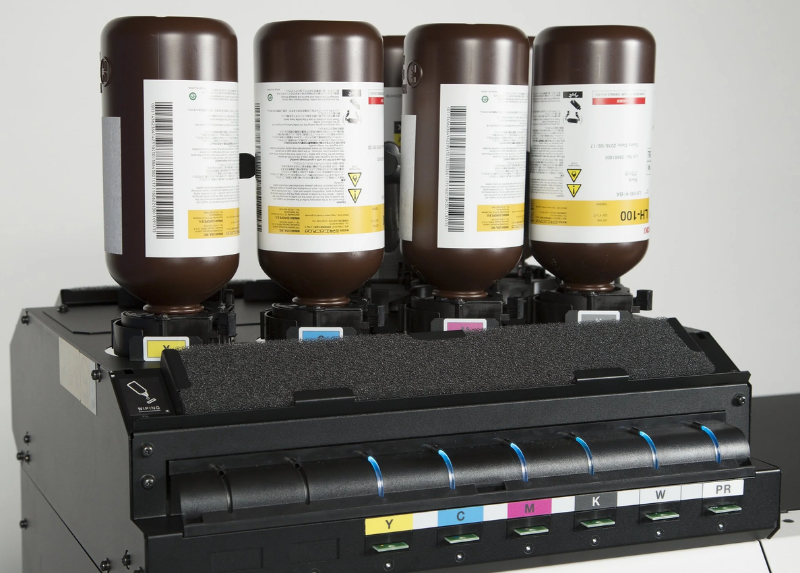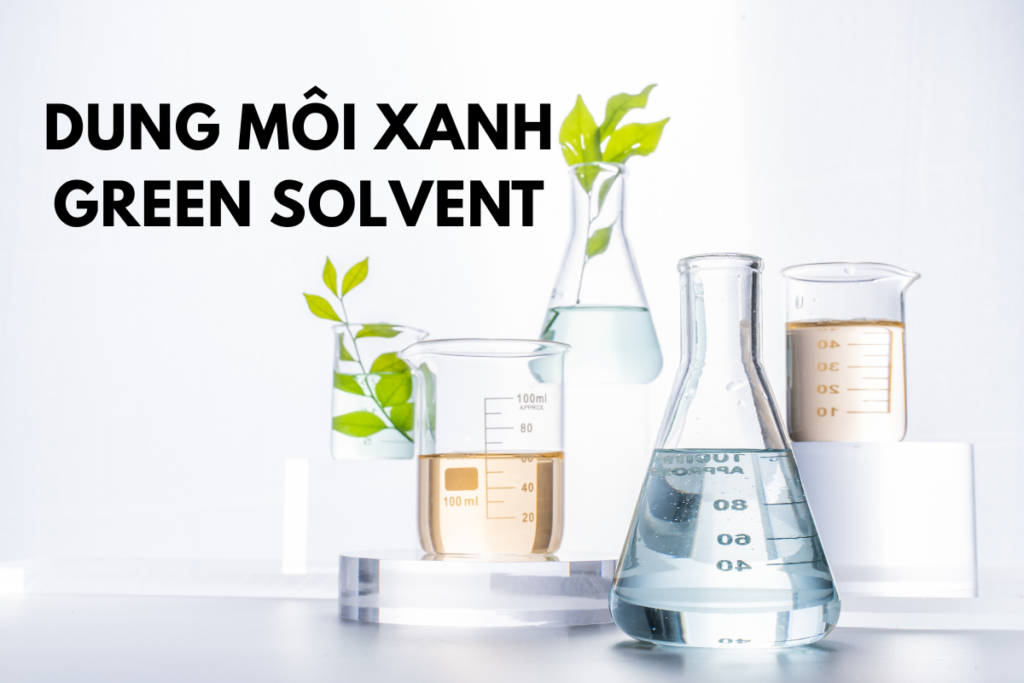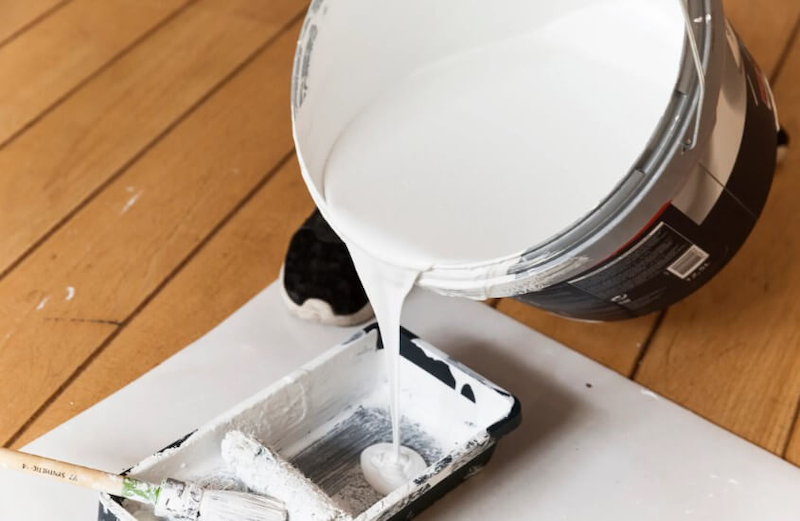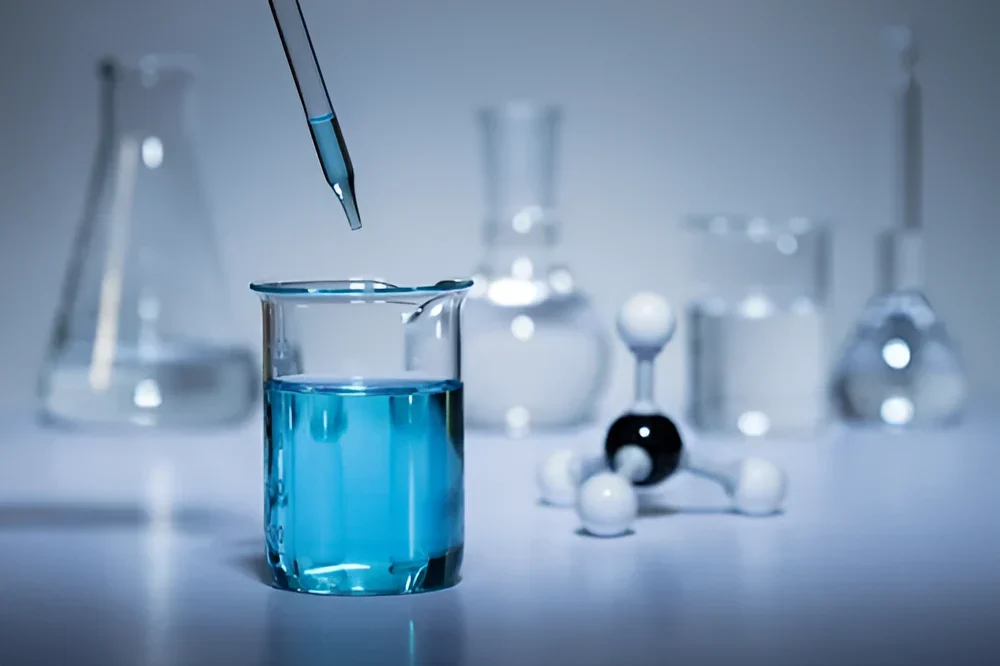What Is Thinner? 6 Popular Paint Thinner Solvents and Usage Tips
14/07/2025
|
Industry news
Paint thinner is one of the most common and versatile industrial chemicals. Not only is it used to dilute paint, but thinner is also widely applied for cleaning tools, removing grease, and eliminating stubborn stains on various surfaces. The following article will help you better understand what thinner is, its key characteristics, and provide suggestions for some popular types of paint thinner solvents available today.
What Is Paint Thinner Solvent?
Paint thinner solvent, commonly referred to simply as “thinner”, is a liquid substance used to dilute paint, making it easier to apply to surfaces. Thinner typically consists of a mixture of organic solvents such as toluene, xylene, acetone, or other hydrocarbon compounds, depending on the type of paint it is intended to thin.
The main functions of thinner include:
- Diluting paint: Reduces the viscosity of paint for easier spraying, brushing, or rolling.
- Cleaning tools: Used to wash brushes, spray guns, or other equipment after use.
- Adjusting drying time: Helps control the evaporation rate of paint, depending on environmental conditions.
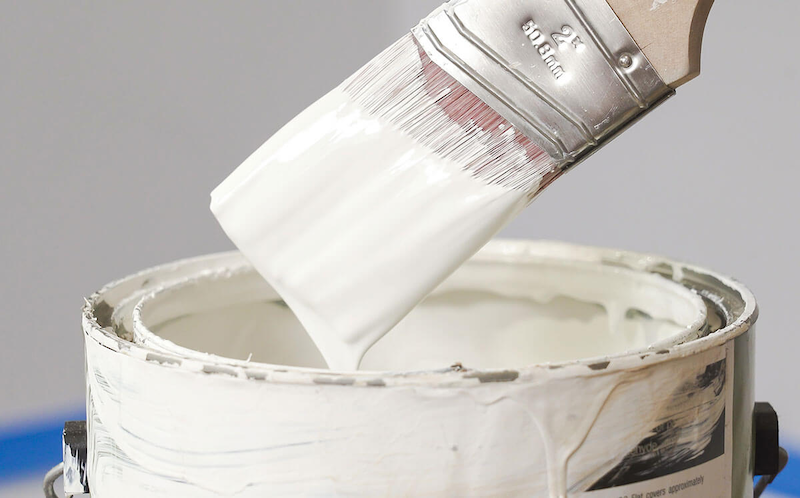
Key Characteristics of Paint Thinner Solvent
Chemical Properties
Not all thinners are compatible with every type of paint. Some solvents may react with paint components. Using an incompatible thinner can cause unwanted chemical reactions, leading to issues like clumping or sedimentation.
Solubility
Each solvent has a different level of solubility depending on the paint’s composition. Using a solvent with poor solubility may result in paint separation or foaming, which affects the paint’s appearance.
Purity
Low-quality thinner often contains many impurities and should only be used for cleaning, wiping or painting surfaces that do not require high aesthetic quality.
Polarity
Polarity determines how well a solvent can dissolve the components in paint. Non-polar solvents dissolve non-polar substances well and the same principle applies to polar substances.
Density
The density of thinner affects evaporation rate and drying time. High-density thinner evaporates more slowly, making it suitable for extended application time or use in hot environments. Conversely, low-density thinner may evaporate too quickly, leading to bubbling or blistering on the paint surface.
3+ Common Types of Paint Thinner Solvents
Depending on the characteristics of the paint, the appropriate thinner should be selected. Below are common types of thinners used for various paints, categorized by chemical properties and intended use.
Thinner for Oil-Based Paint
- Common Components: White spirit (mineral oil), toluene, xylene.
- Characteristics: This type of thinner has a medium evaporation rate, suitable for thinning oil-based paint. It helps the paint adhere well to surfaces and ensures easy application.
- Applications: Used for painting wood, metal, or surfaces requiring a durable coating.
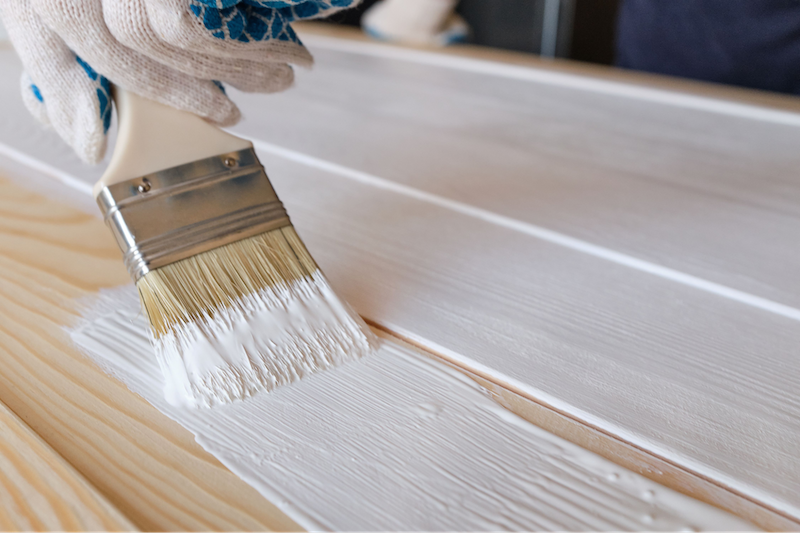
Thinner for Nitrocellulose Paint (NC Paint)
- Common Components: Acetone, toluene, butyl acetate, ethyl acetate.
- Characteristics: Fast evaporation rate, enabling NC paint to dry quickly and form a smooth surface. This thinner is typically stronger than oil-based paint thinner.
- Applications: Commonly used for interior wood finishes and handicrafts.
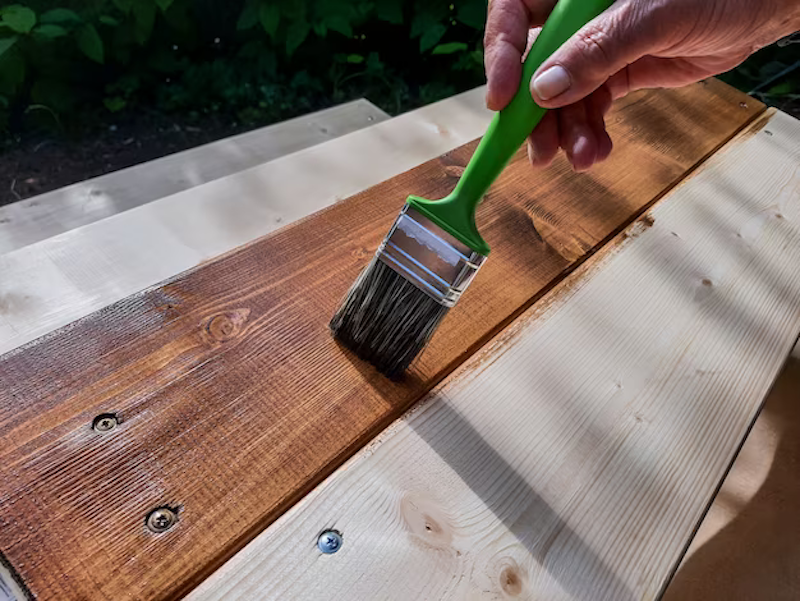
Thinner for Polyurethane Paint (PU Paint)
- Common Components: Xylene, toluene, MEK (methyl ethyl ketone), or a blend of aromatic solvents.
- Characteristics: Effectively dissolves PU paint, helping to adjust viscosity and drying time to match application conditions.
- Applications: Suitable for high-end wood finishes, furniture, or surfaces requiring high gloss and durability.
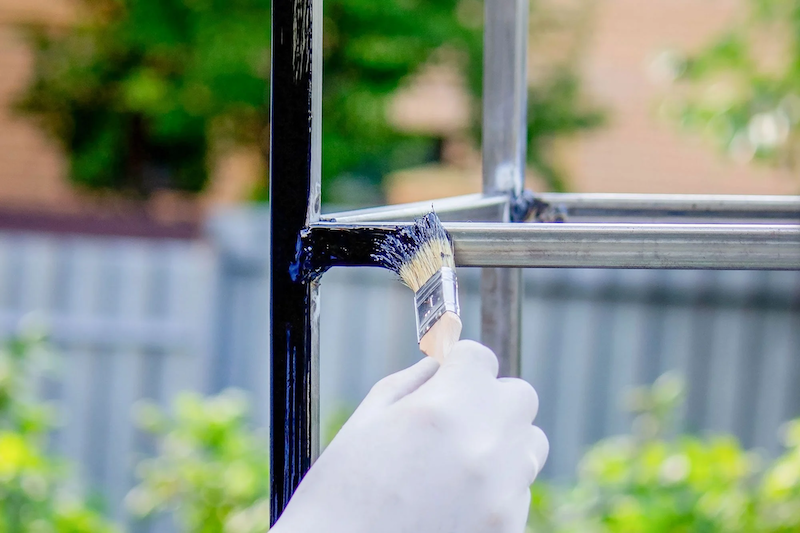
Thinner for Epoxy Paint
- Common Components: Xylene, butyl acetate, or specialized solvents from the manufacturer.
- Characteristics: Formulated to be compatible with 2-component epoxy systems (paint + hardener), without interfering with the chemical reaction.
- Applications: Used for flooring, corrosion-resistant metal coatings, or industrial projects.
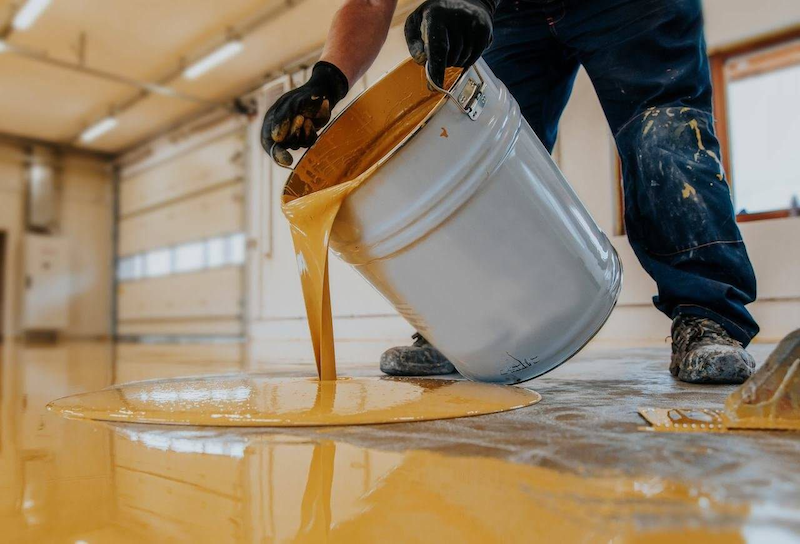
Thinner for Acrylic Paint (Water-Based or Solvent-Based)
- Common Components:
-
- For water-based acrylic: Mainly water, sometimes mixed with isopropyl alcohol.
- For solvent-based acrylic: Xylene, toluene, or acetone.
- Characteristics: Depending on the type of acrylic paint, the thinner varies. Water-based paint requires milder solvents, while solvent-based acrylic needs thinners similar to oil-based types.
- Applications: Used in automotive paint, decorative finishes, or plastic surfaces.

Universal Thinner
- Common Components: A mix of solvents such as toluene, xylene, acetone, and white spirit.
- Characteristics: Can be used with various types of paint (oil-based, NC, PU…), though it may not perform as well as specialized thinners.
- Applications: Suitable for small-scale jobs or when specific thinners are unavailable.
Notes When Selecting and Using Thinner
Notes When Selecting Thinner
- Compatibility with Paint Type:
-
-
- Each type of paint (oil-based, PU, NC, epoxy…) requires a thinner with the appropriate chemical composition. Using the wrong type can cause clumping, loss of gloss, or prevent the paint from drying.
- Carefully read the manufacturer’s instructions (usually printed on the packaging) to choose the correct thinner (e.g., PU thinner should not be used for NC paint).
-
- Thinner Quality:
-
-
- Choose products from reputable brands to avoid counterfeit or low-quality thinners containing impurities that may affect the paint finish.
-
- Intended Use:
-
-
- If used only for diluting paint, choose a thinner with an appropriate evaporation rate (fast for quick drying, slow for smoother finishes).
- If used for cleaning tools, a more economical type may be used, but it must still be compatible with the paint applied.
-
- Environmental Conditions:
-
- In hot and humid environments, choose a slow-evaporating thinner to prevent the paint from drying too quickly before application is completed. Conversely, in cold conditions, a fast-evaporating thinner is more suitable.
Notes When Using Thinner
- Mixing Ratio:
-
-
- Do not over-dilute with thinner (typically 10 – 30% of paint volume, depending on the type), as this may reduce durability, coverage, and adhesion.
- Test with a small amount first to check the proper viscosity for the chosen application method (brushing, spraying, or rolling).
-
- Personal Safety:
-
-
- Ventilation: Work in a well-ventilated area as thinner evaporates easily, has a strong odor, and can be toxic with prolonged inhalation.
- Protective Gear: Wear a mask, gloves, and safety goggles to avoid direct contact with skin or eyes.
- Fire Safety: Thinner is highly flammable. Keep away from heat sources, sparks, and open flames, including cigarettes.
-
- Storage:
-
-
- Seal the container tightly after use. Store in a dry, cool, and well-ventilated place, away from direct sunlight, as thinner evaporates easily and loses effectiveness.
- Keep out of reach of children.
-
- Tool Cleaning:
-
- Use thinner to clean brushes and spray guns immediately after use to prevent paint from hardening.
- Dispose of used thinner in a designated container do not pour directly into the environment as it may cause pollution.
Each type of paint thinner has its own characteristics, suitable for specific paints and application conditions. We hope this article helps you better understand the properties and choose the right thinner to enhance both construction quality and work efficiency.
For business inquiries or to receive free consultation from our team of experienced experts, please contact us via the information below:
K-CHEM VIETNAM CO., LTD
- Address: N6B Road, Lot F, Phu Chanh 1 Industrial Cluster, Phu Chanh Ward, Tan Uyen City, Binh Duong Province, Vietnam
- Tel: +84 274 362 0218
- Email: info@k-chem.vn


